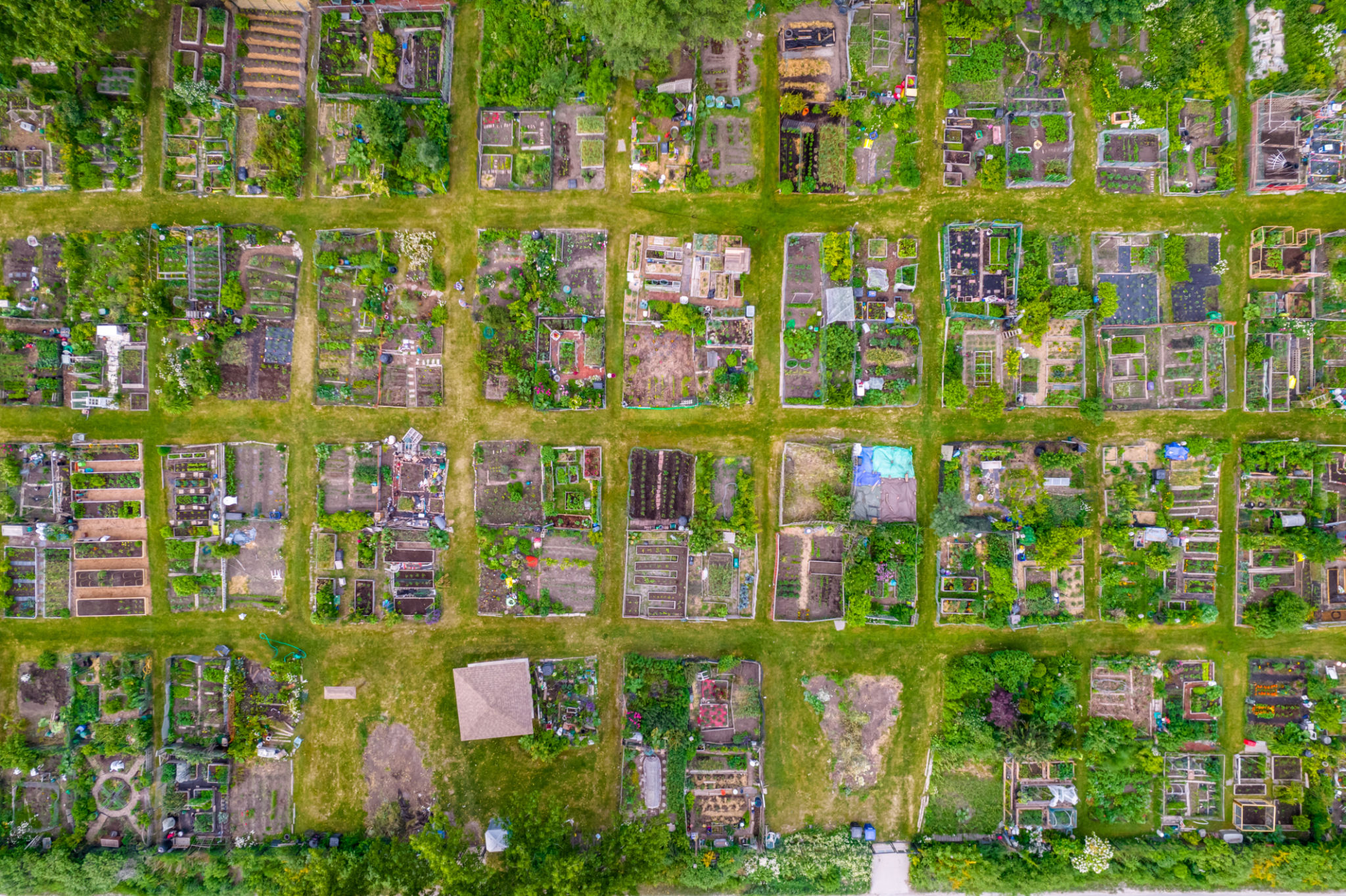Myth-Busting: Common Misconceptions About Sustainable Urban Farming
Understanding Sustainable Urban Farming
As the global population continues to rise, the demand for sustainable food production systems has never been more critical. Urban farming has emerged as a promising solution, yet it is often surrounded by misconceptions. In this post, we'll debunk some common myths about sustainable urban farming and shed light on its true potential.

Myth 1: Urban Farming Is Not Environmentally Friendly
Contrary to this belief, urban farming can significantly reduce the carbon footprint associated with traditional agriculture. By growing food locally, urban farms minimize the need for long-distance transportation, thus decreasing greenhouse gas emissions. Additionally, many urban farms utilize innovative techniques like vertical farming and hydroponics, which require less water and land compared to conventional farming methods.
Myth 2: It’s Just a Trend
Some people perceive urban farming as a fleeting trend or fad. However, the movement is rooted in necessity and sustainability. As cities continue to expand, integrating food production into urban environments becomes essential for ensuring food security. Urban farming is not just a temporary trend; it’s a crucial component of future urban planning and development.

Myth 3: Urban Farms Can't Produce Enough Food
While it's true that urban farms may not completely replace large-scale agriculture, they play a vital role in supplementing local food supplies. By providing fresh produce in densely populated areas, urban farms help reduce dependency on distant food sources and improve access to nutritious foods in urban centers.
Many urban farms have adopted intensive growing techniques that allow them to produce high yields in small spaces. These methods include:
- Vertical farming
- Hydroponics
- Aquaponics
Myth 4: Urban Farming Is Too Expensive
Another common misconception is that urban farming requires substantial financial investment, making it inaccessible. However, the cost of urban farming can vary greatly depending on the scale and technology used. Community gardens, for example, are often low-cost initiatives that rely on local volunteers and resources.

The Social Benefits of Urban Farming
Beyond its environmental impact, urban farming offers numerous social benefits. It fosters community engagement by bringing people together to work towards a common goal. This sense of community can lead to stronger neighborhood bonds and improved mental health for participants.
Urban farms also serve as educational platforms where people can learn about sustainable practices and the importance of fresh produce in maintaining a healthy lifestyle. By integrating urban farming into educational curriculums, schools can inspire the next generation of environmentally conscious citizens.
The Future of Urban Farming
As technology continues to advance, so too will the capabilities of urban farming. Innovations in automation and data-driven agriculture are poised to make urban farms even more efficient and productive. With continued support and investment, sustainable urban farming can play a significant role in bolstering food security and creating greener cities worldwide.
In conclusion, while misconceptions about sustainable urban farming persist, it is clear that the benefits far outweigh the drawbacks. As more people become aware of its potential, urban farming will continue to grow and evolve as an integral part of our sustainable future.
